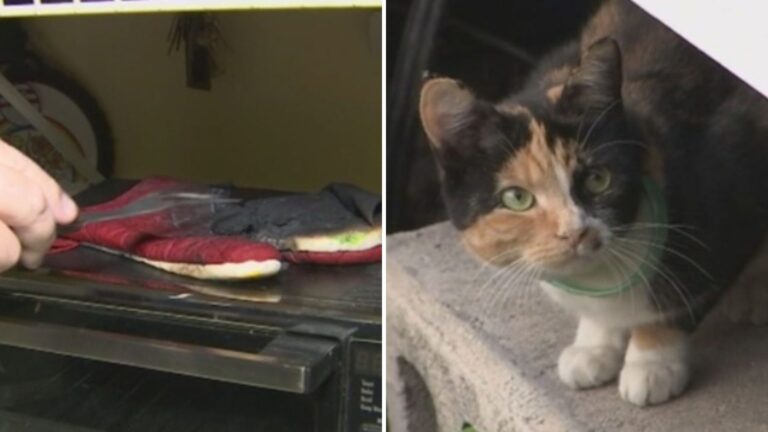9 Things Every Florida Pet Owner Should Do Before Hurricane Season
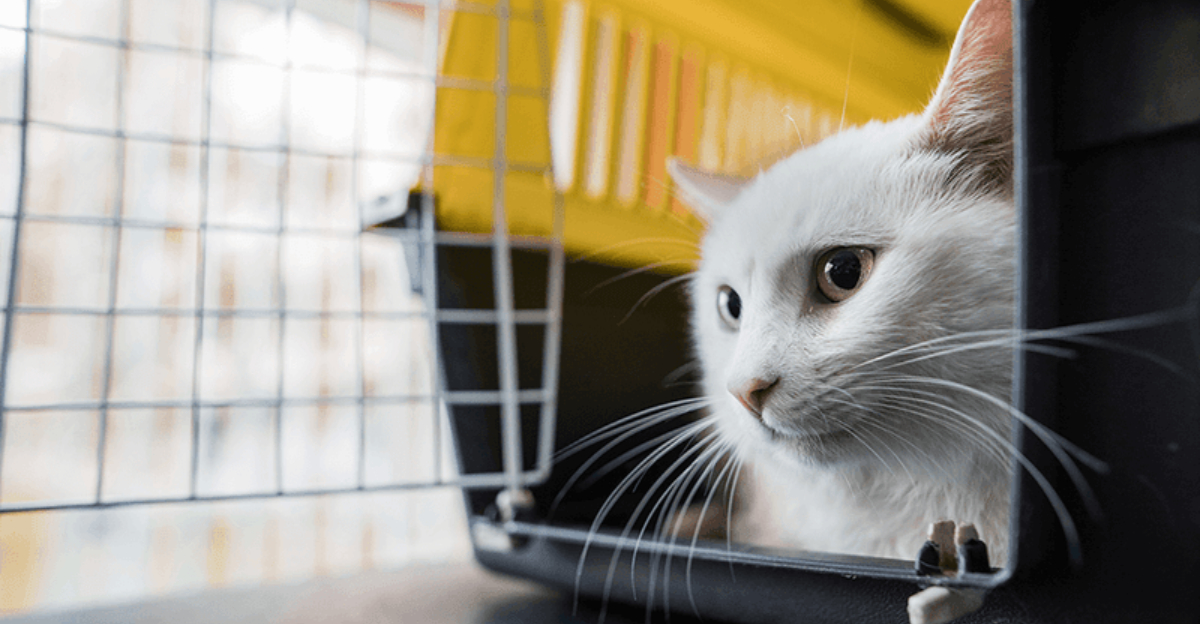
Florida’s hurricane season can be a scary time for both pets and their owners. Strong winds, flooding, and power outages create dangerous situations that require advance planning.
Taking steps to prepare your furry family members before disaster strikes can make all the difference in keeping them safe during an emergency.
1. Update Your Pet’s Emergency Kit
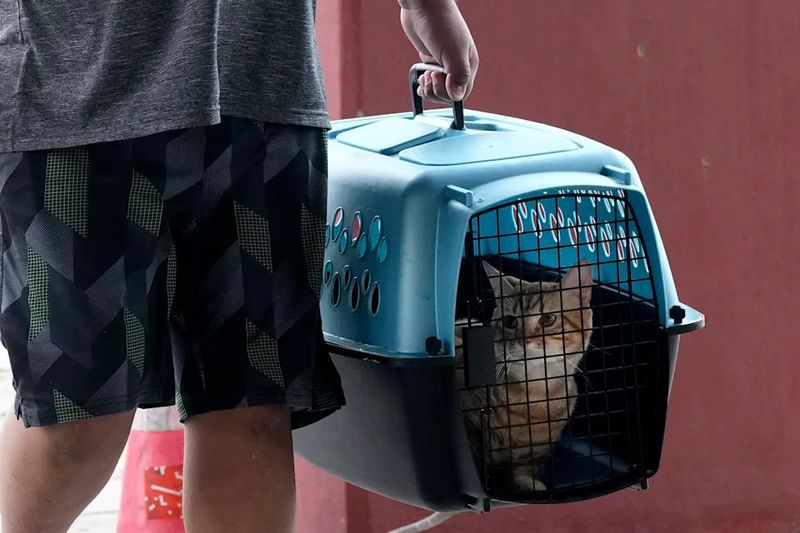
Stock up on at least three days’ worth of pet food, water, and medications. Don’t forget comfort items like your dog’s favorite toy or your cat’s familiar blanket.
These familiar objects help reduce anxiety during stressful evacuations. Remember to check expiration dates on food and medications monthly during hurricane season.
2. Secure An Evacuation Plan That Includes Your Pet
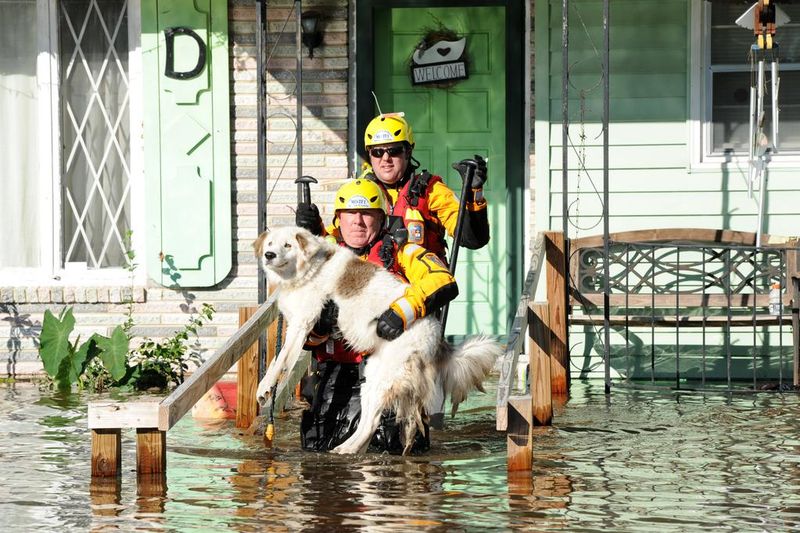
Map out pet-friendly evacuation routes and identify multiple shelter options. Call ahead to confirm their pet policies, as these can change during emergencies.
Keep a list of pet-friendly hotels within driving distance in different directions from your home. Share your evacuation plan with a trusted friend who lives outside your evacuation zone.
3. Update Pet Identification Information
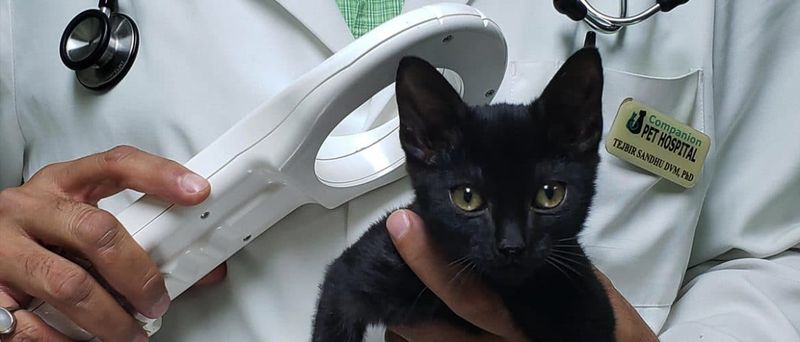
Double-check that your pet’s collar tags display your current phone number and address. Consider adding a temporary tag with your evacuation destination’s contact information.
Call your microchip company to verify your details are current. Take clear photos of your pets showing any distinctive markings to help with identification if you become separated.
4. Create A Pet-Friendly Evacuation Bag

Pack waterproof containers with two weeks of food, medications, and vaccination records. Include portable bowls, litter supplies for cats, and waste bags for dogs.
Add a pet first-aid kit with tweezers, bandages, and antiseptic wipes. Store everything in a grab-and-go waterproof duffel near your family’s evacuation supplies.
5. Check Pet Insurance Coverage For Emergencies
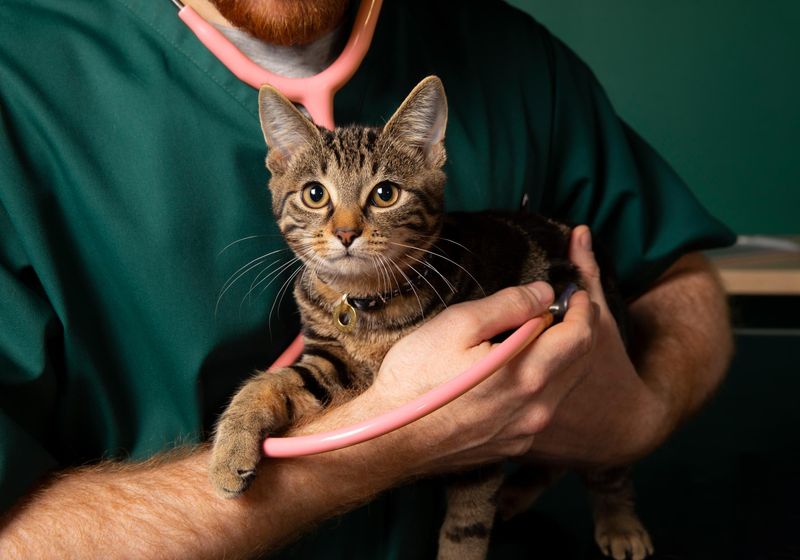
Contact your pet insurance provider to understand evacuation coverage details. Some policies reimburse emergency boarding costs or veterinary care needed during disasters.
Request a digital copy of your policy to access from your phone. Ask specifically about coverage for injuries related to storms or flooding, as these may fall under special provisions.
6. Prepare Your Home For Pet Safety
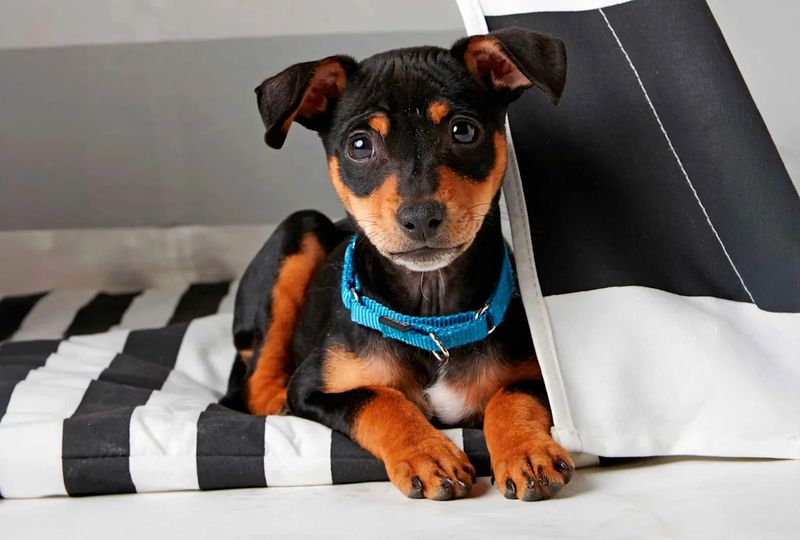
Designate an interior room without windows as your pet’s safe space during a storm. Stock it with familiar bedding, toys, and enough food and water for several days.
Remove potential hazards like loose items from your yard that could become projectiles. Consider installing a pet door that leads to this safe room for emergencies.
7. Have Extra Leashes, Collars, And Harnesses Ready
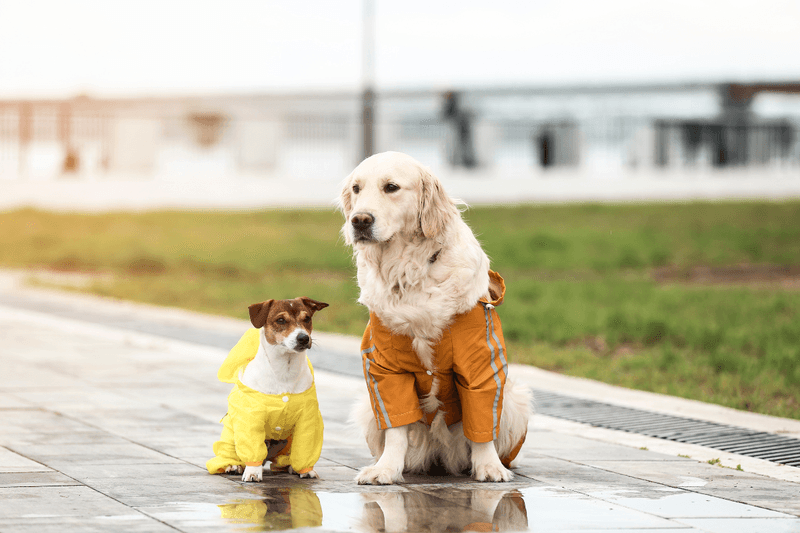
Buy sturdy backup restraints and store them in waterproof containers. Frightened pets may bolt during storms, making secure restraints essential for their safety.
Consider reflective or light-up options for nighttime visibility during power outages. Label each with your contact information using waterproof markers or engraved tags.
8. Check Your Pet’s Health Records
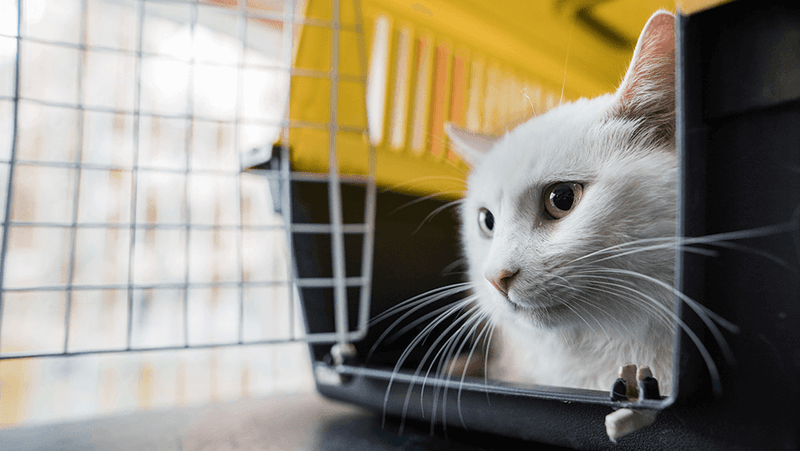
Request digital and physical copies of vaccination records from your veterinarian. Many emergency shelters require proof of rabies vaccination before accepting pets.
Create a medical history card listing allergies, conditions, and medications. Include your vet’s contact information and any emergency veterinary hospitals along your evacuation routes.
9. Practice Getting Your Pet Into Their Carrier Or Crate
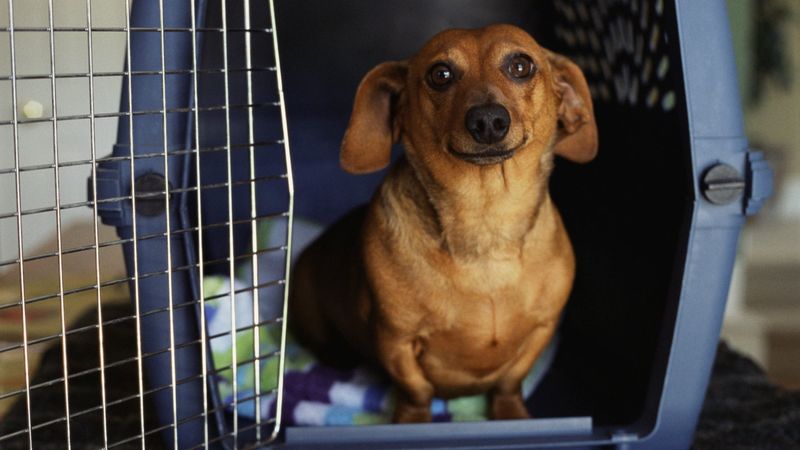
Make carrier training a positive experience by placing treats inside weeks before hurricane season. Practice quick loading drills so your pet doesn’t panic when it matters most.
Label carriers clearly with your contact information. For cats especially, leave carriers out as regular napping spots so they don’t associate them only with stressful situations.



